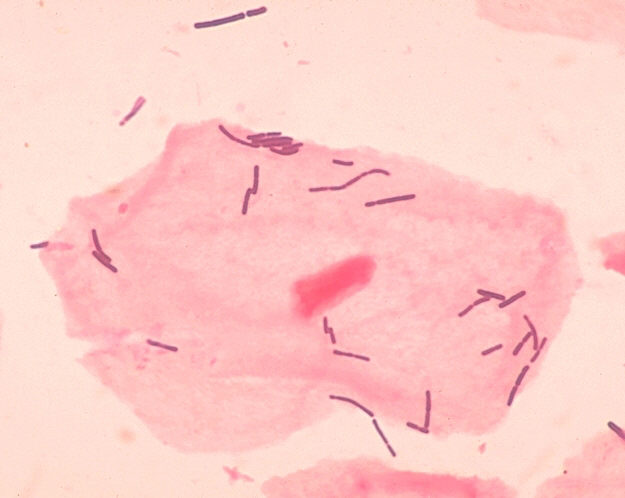Vaginal flora
|
WikiDoc Resources for Vaginal flora |
|
Articles |
|---|
|
Most recent articles on Vaginal flora Most cited articles on Vaginal flora |
|
Media |
|
Powerpoint slides on Vaginal flora |
|
Evidence Based Medicine |
|
Clinical Trials |
|
Ongoing Trials on Vaginal flora at Clinical Trials.gov Trial results on Vaginal flora Clinical Trials on Vaginal flora at Google
|
|
Guidelines / Policies / Govt |
|
US National Guidelines Clearinghouse on Vaginal flora NICE Guidance on Vaginal flora
|
|
Books |
|
News |
|
Commentary |
|
Definitions |
|
Patient Resources / Community |
|
Patient resources on Vaginal flora Discussion groups on Vaginal flora Patient Handouts on Vaginal flora Directions to Hospitals Treating Vaginal flora Risk calculators and risk factors for Vaginal flora
|
|
Healthcare Provider Resources |
|
Causes & Risk Factors for Vaginal flora |
|
Continuing Medical Education (CME) |
|
International |
|
|
|
Business |
|
Experimental / Informatics |

The human vaginal region has a higher concentration of bacteria, than any other part of the body, save the colon [1]. The bacteria of the vaginal flora were discovered by the gynecologist Albert Döderlein in 1892. Primarily, these bacteria consist of lactobacilli [2], and are collectively referred to as the vaginal flora. The amount and type of bacteria present have significant implications for a woman's overall health. These bacteria and the lactic acid they produce, in combination with fluids secreted during sexual arousal, are greatly responsible for the characteristic odor associated with the vaginal area.
Menstruation
During menstruation, the concentration of vaginal flora is observed to decline. [3] The effect of tampon use on vaginal flora is debated, but safe application of sterile tampons appears not to significantly modify the balance of bacterial presence.
Disease Prevention
A healthy vaginal flora aids in the prevention of yeast infections and other possible problems by occupying the chemical resources otherwise utilized by pathogen organisms. [4] However, harmful bacteria or an imbalance in bacteria can lead to infection.
One method of reducing the risk of infection in the local area of the urethra is to urinate immediately after sex. Additionally, exclusive use of sterile contraceptives can assist in prevention of infection.
See also
External links